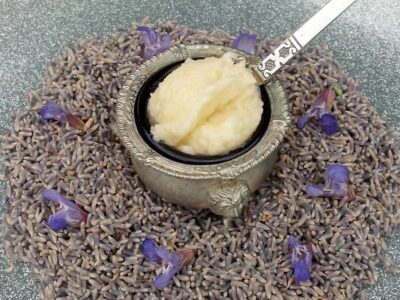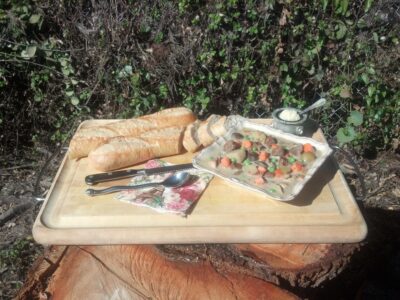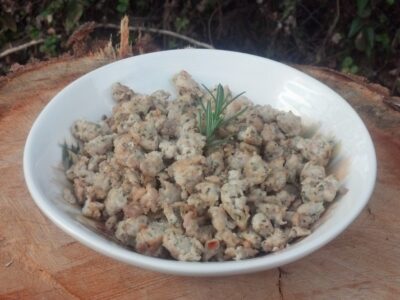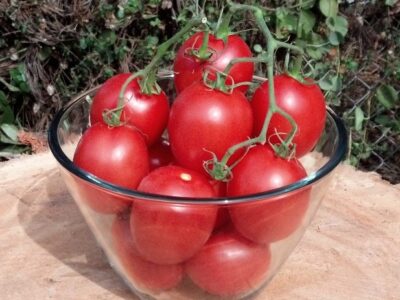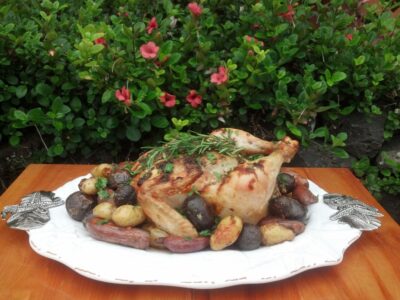Goût de France – Lavender Honey Butter
While in Provence, we picked up two small jars of French lavender honey to give away as gifts when we returned home to Hawaii. But they never made it to our friends. The thick golden nectar of lavender love didn’t have a chance after I experimented one day and mixed it with butter. I was …

